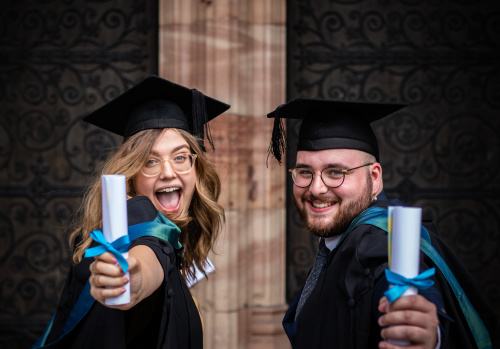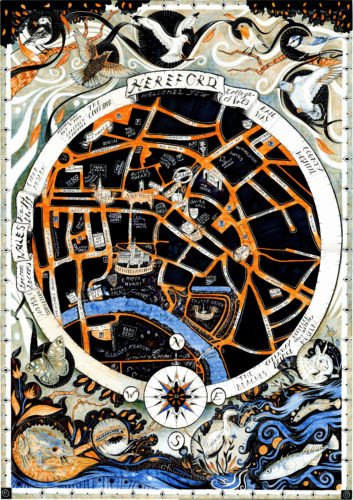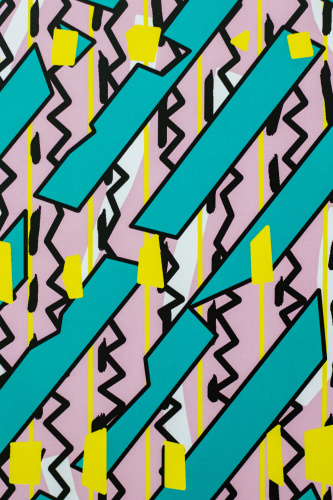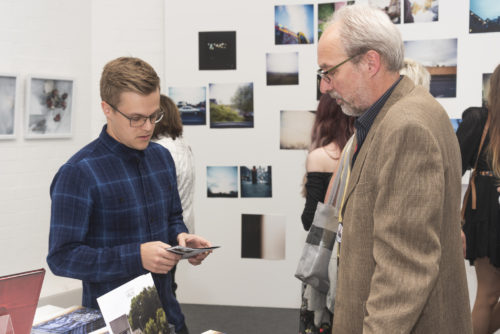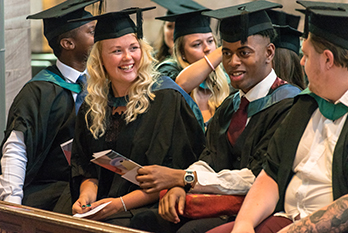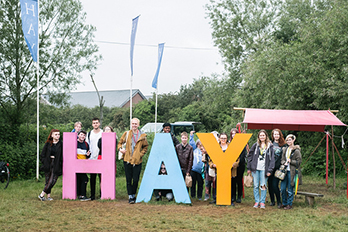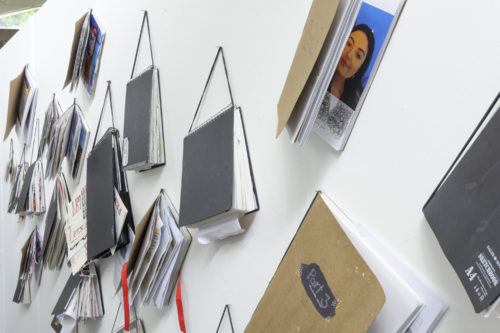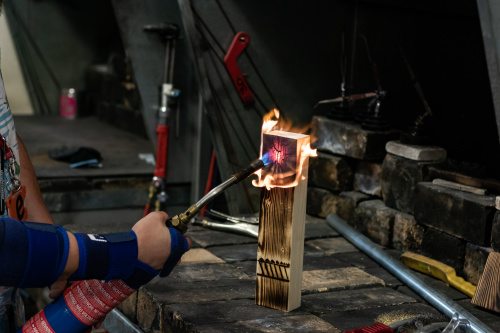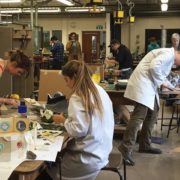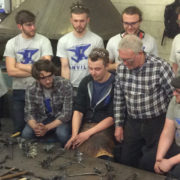Connected Class 3 – what makes work ‘stand out’?
Published on 12.05.16
Before I write up our third session, huge thanks to Danielle, Carla, Kim and Nuala for their reflections on Class 2. To read these, please follow the links below: Nuala Carla Kim Danielle Huge thanks again to those of you who joined me this morning for our third (and final?) Connected class. This week, as
Categories
Before I write up our third session, huge thanks to Danielle, Carla, Kim and Nuala for their reflections on Class 2. To read these, please follow the links below:

Huge thanks again to those of you who joined me this morning for our third (and final?) Connected class. This week, as it was our final class (or was it?) we discussed a composite ‘big question’, as a strand came out from the ‘big questions’ as to what might make work ‘stand out’ or be classed as ‘good’. Also a shout-out to Vivian, joining us for the first time!
Of course, all these statements regarding art are contestable and largely subjective, but it is possible to come to shared understandings and our hope was that we could investigate this initially and then come to conclusions that could be transferred to individual areas of studio practice.
Our discussion point was a TED talk, ‘Building the Seed Cathedral’ by Thomas Hetherwick:
And, here we all are tweeting away in silent concentration (always a bit weird, that bit – very intense, silence broken only by occasional beeping noises as we receive tweets, and a sense of shared endeavour):

Tweetfest over, we briefly discussed where we thought our cclasses should go. Now that the first iteration of the research is over, we could either opt out of cclasses adapt the methodology or carry on. I’m really happy to say that we’ve chosen to carry on with these and in pretty much the same way as before.
It’s interesting to note that we all wanted to change/tweak things after the first class but don’t now. Clearly, using digital media to learn is something that has grown on us now we’re comfortable with the technology. Plus, some of us have benefitted from attending other cclasses and we agreed that the brevity and immediacy of twitter are plus points. Likewise, the ability to independently watch in our own time helps us prepare responses.
So:
- We’ll carry on debating ‘big questions’ (and we’ll try to have two videos rather than one to support multiple perspectives)
- We’ll carry on using twitter, individually responding to content rather than on one big screen
- I won’t leave the room to storify discussions – instead we’ll storify together as a group so we can discuss the issues together
- We’ll use the hashtag #hca1chat if it’s free, so those of us who have followers on twitter don’t think we’ve suddenly gone crazy
Although the college has tried hard to support us here, we still need to work on access to Wi-fi. Although we do appreciate Janet, our winking router. We just need her to be a little less flaky.
Did we enjoy the classes? Have a listen to a teeny snatch of our discussion:
Here’s our storify from today’s discussion:
In our ‘live’ session we discussed the three strands from the storify – debating elements of surprise and playfulness in Hetherwick’s work. We applied these to our own work, discussing where we had taken risks and been playful, and considered how playful does not mean flippant – that there can be serious play or playfulness around serious subjects. We also considered ideas of empathy, and how part of the appeal of Hetherwick’s work might come from his consultations with an audience – and how his work transforms the physical space around it.

You can see our key words on the board above; Astonish, Play, Collaboration, Empathy, Surprise.
Watch this space for next week’s class. And, for the future, we’ve asked for a real-life problem to work on – so we can design a solution.
Sarah
